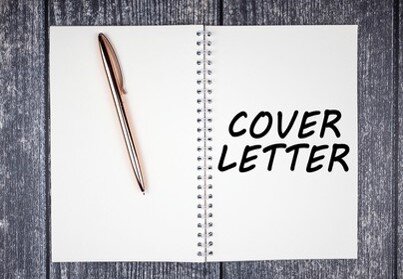Crafting an Effective Cover Letter for Journal Article Submission


The cover letter accompanying a manuscript submission is a crucial aspect of the publication process. It is the initial point of interaction between the authors and the journal's editorial team. A well-written cover letter presents the article while at the same time emphasizing its novelty, significance, and relevance to the journal's audience. In this article, we will walk you through the process of writing a captivating cover letter that captures the editors' attention and boosts your chances of approval.

Begin the cover letter with a professional and courteous greeting, addressing the editor-in-chief or the handling editor by name, if possible.
In the opening paragraph, briefly introduce yourself and your co-authors, providing their affiliations and areas of expertise. Include the title of the manuscript and the journal to which you are submitting.
In the following paragraphs, clearly articulate the aim of your research and its importance to the field. Emphasize the gap in knowledge that your study addresses and how it contributes to the existing body of literature. Highlight the potential significance and results of your findings.
Demonstrate a strong understanding of the journal's scope and audience. Explain why your research is well-suited for publication in the journal, highlighting its alignment with the journal's aims and objectives. Cite relevant articles previously published in the journal and explain how your research builds upon or complements them.
Keep the cover letter brief, aiming for one to two pages. Focus on the most essential components of your research and avoid excessive details or technical jargon.
Maintain a confident and persuasive tone throughout the cover letter. Communicate the value of your research and its potential impact.
Personalize all journal submission's cover letters. Research the journal's editorial policies, aims and scope, and recent publications to demonstrate your familiarity and alignment with the journal's requirements.
Include a concise summary of your main findings, highlighting their significance and implications. The summary provides a snapshot of the research and entices the editors to delve deeper into the manuscript.
Edit the cover letter to ensure that it is free of grammatical mistakes, misspellings, and ambiguities. Proofread the letter meticulously and consider seeking feedback from colleagues or mentors to improve its clarity and effectiveness.
In conclusion, an effective cover letter for journal article submission is a powerful tool for capturing the attention of the editors and conveying the novelty, significance, and relevance of your research. Proofread the letter meticulously and consider seeking feedback from colleagues or mentors to improve its clarity and effectiveness. By implementing the guide in this article and adapting your cover letter to the relevant journal, you may boost the chances of acceptance for publication. Remember to be concise, and persuasive, and demonstrate a strong understanding of the journal's audience and scope.

Are you a researcher or author seeking guidance on publishing your journal article? Look no further than SITA Academy, a trusted website of comprehensive services tailored to meet your specific publication needs.
Our services
If you have any questions, inquiries, or would like to learn more about our services, please don't hesitate to reach out to us. Our dedicated team is ready to assist you.